Irish Naming Patterns
Do Irish naming patterns work for you? Have you ever reached a stumbling block in your ancestry research? In this letter will will discuss a built in set of clues left by many of our Irish ancestors, hidden in the pattern of how they named their children.
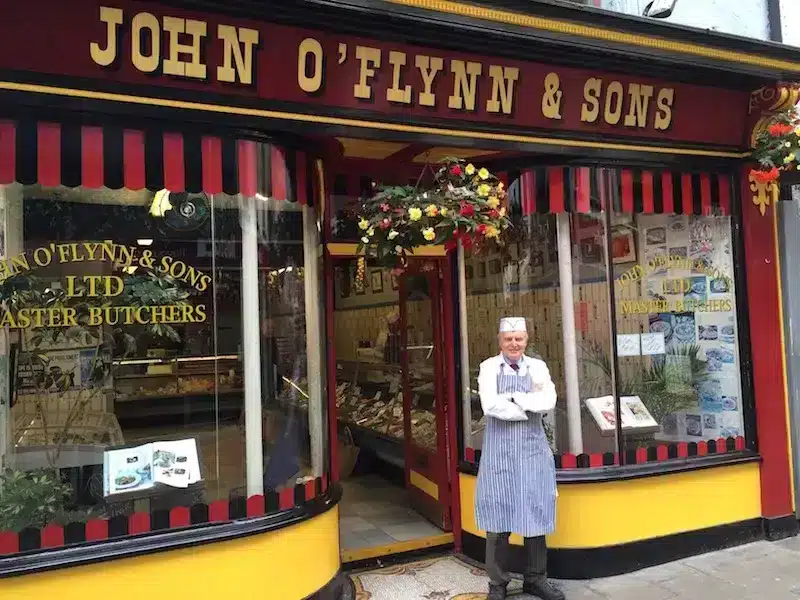
Have you ever heard of “Irish naming patterns”? It’s a system that was in widespread use among many Irish families up to the mid 1900s. It also may offer you a very useful way of breaking through a family history brick wall. Let me explain.
One of the most frequent questions I hear each week is a version of the following:
“My ancestor came to my country in the 1800s – but I have no idea where they came from in Ireland, or the names of their parents in Ireland. Is there some way I can find this information?”
How about you? Do you have a situation like this? Well, today – let’s have a look at a very useful way of going back a little further in time on your Irish family tree. We are going to chat about “Irish Naming Patterns”.
Let me start off by formally introducing myself:
My name is Michael Collins. I am the eldest son in my family and named after my Grandfather – also Michael Collins.
My Father’s name is John Collins – he is an eldest son and named after his Grandfather – also John Collins.
My father, John Collins has three siblings:
- Patrick (second eldest son) – named after his paternal grandfather.
- Michael (third eldest son) – named after his father.
- Kathleen (eldest daughter) – named after her maternal grandmother.
Now, why am I sharing these random facts about my family? Well, there is a useful pattern hidden in the above naming of children. The “Irish Naming Pattern” is a real system of child-naming that was in use in Ireland for hundreds of years – and often continued to be used in the Irish immigrant’s new country for a couple of generations. I have found it to be in strong use in Ireland right up to the 1960s. The naming pattern is as follows:
- 1st son was named after the father’s father
- 2nd son was named after the mother’s father
- 3rd son was named after the father
- 4th son was named after the father’s eldest brother
- 1st daughter was named after the mother’s mother
- 2nd daughter was named after the father’s mother
- 3rd daughter was named after the mother
- 4th daughter was named after the mother’s eldest sister
So, if this system holds true in your family, it can be very useful in taking an educated guess as to the names of your unknown Irish ancestors. When someone asks me a question in The Green Room about how to trace unknown Irish ancestors, I often ask them to share the names of already known children – from eldest to youngest. Let’s take a simple example:
Patrick and Kathleen O’Mara emigrated to Australia in the mid 1800s. The names of their parents – who stayed in Ireland – are unknown. They had the following children after emigrating to Australia, from eldest to youngest:
- Michael
- Mary
- John
- Patrick
- Bridget
If this family used the traditional Irish naming pattern, then we can guess the following:
- Michael is the name of Patrick O’Mara’s father.
- Mary is the name of Kathleen O’Mara’s mother.
- John is the name of Kathleen O’Mara’s father.
One fact that confirms that they most likely used Irish naming patterns is the fact that the third son is called Patrick – the same as his father.
- Bridget is the name of Patrick O’Mara’s mother.
Now, naming patterns were not always used – or the pattern may fall apart as you approach the younger children – but they are surprisingly accurate across both religions and regions in Ireland – and very useful when taking educated guesses for further research when tracing your Irish family back to Ireland.
How about you? Do the Irish naming patterns hold up as true in your Irish family tree? Do feel free to leave your comments and let me know.
That’s it for this week – as always do feel free to share your stories, comments and Irish surnames in your family.
Slán for now,
Mike & Carina.

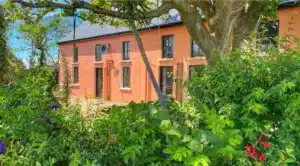
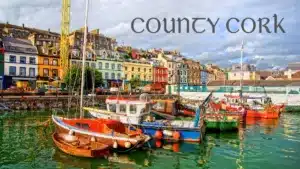
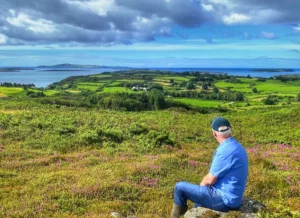
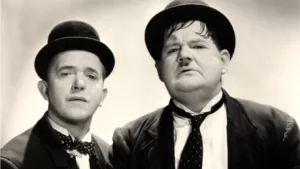
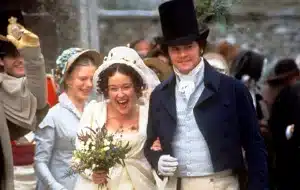
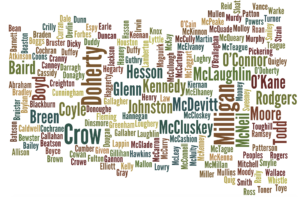
Only Plus Members can comment - Join Now
If you already have an account sign in here.